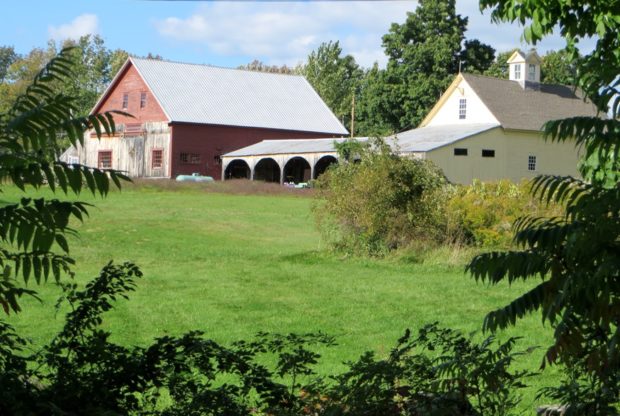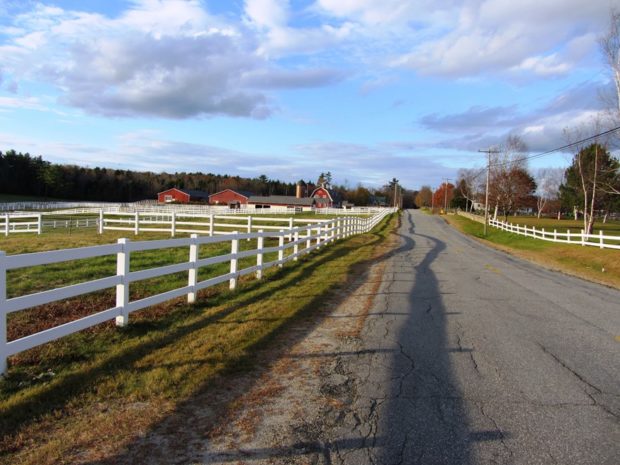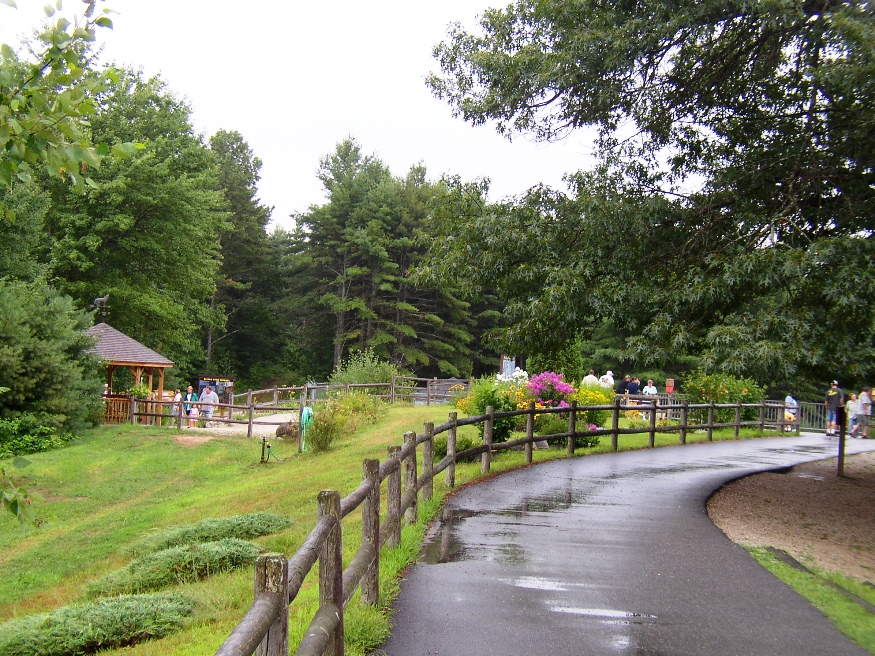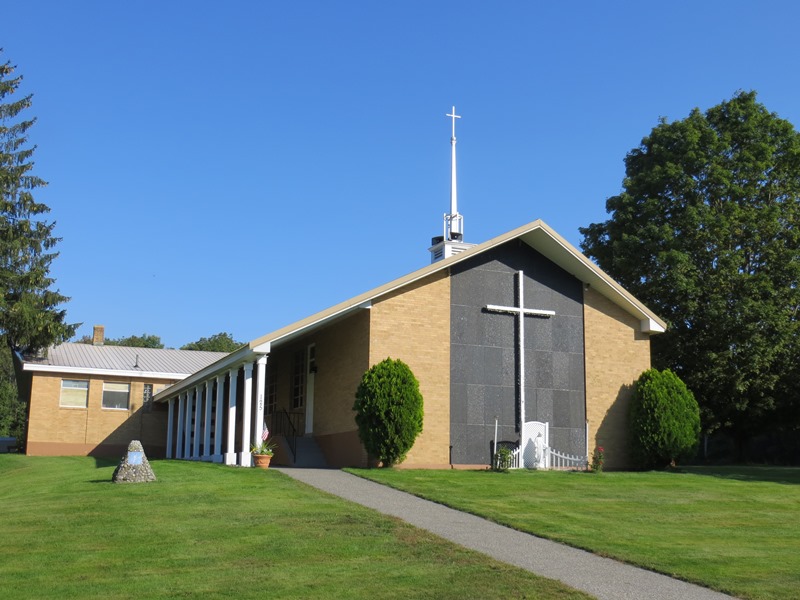Manchester
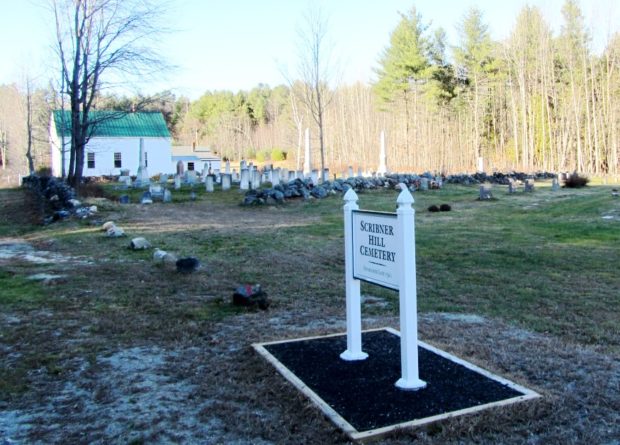
Still a basically rural community, Manchester has maintained its old 1793 North Manchester Meetinghouse. It also features a sustainable forestry project within a few hundred yards of the Meetinghouse on Scribner Hill Road. A suburb of Augusta, the town has substantial frontage on the northern half Cobbosseecontee Lake.


